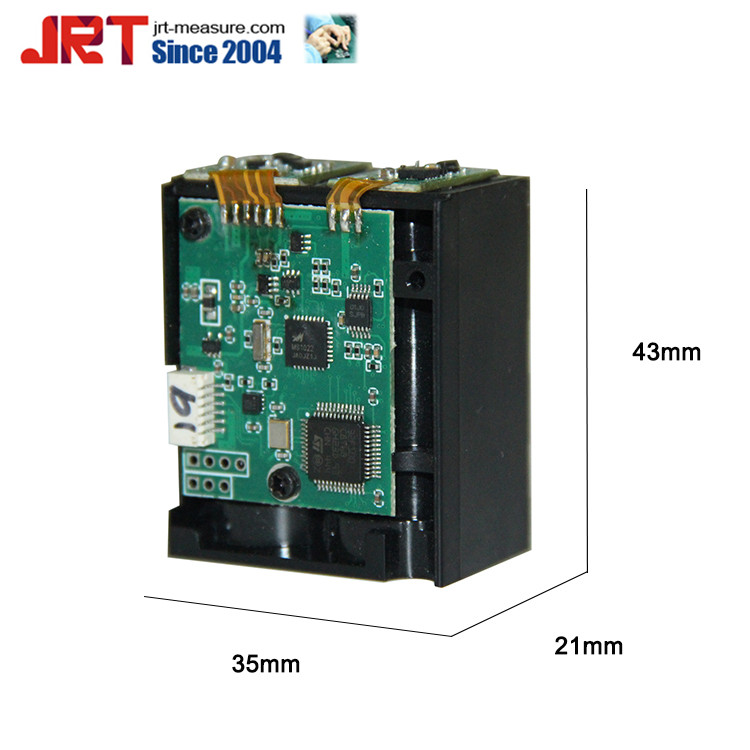Grapes enter the fruit enlargement period, mainly in reproductive growth, during this period, the grapes absorb a lot of nutrients from the soil, but also prone to downy mildew, black pox, anthrax, white rot and other diseases. While grasping the management of fertilizer and water in the field, it is imperative to do a good job of prevention and control of various diseases in a timely manner.
1. Downy mildew: The main damage to the leaves, initially in the leaves produce a translucent, water-like shape, the edge is not clear small spots, and then gradually expanded to pale yellow to yellow-brown polygonal lesions, leaves easy to fall off early. Diseased leaves should be promptly removed, buried or burned. High humidity in the air and high soil moisture are conducive to the occurrence of downy mildew. Downy mildew should be prevented. In the early stage of disease, use 72% of the nettle mildew epidemic 800 times, 58% of the toxic Mn Zn 600 times and 1000 times the "Tanta 2116" plus Tianda silicone 3000 ~ 6000 times Spray can control downy mildew well. From July to August, the use of 1:0.7:200 times more Bordeaux mixture and Tianda silicone 3000-6000 times better.
2. Black pox disease: also known as scab disease, high temperature and humidity conditions are prone to occur. Prevention and control of grape black pox disease should be taken to reduce the bacteria source, select disease-resistant varieties, strengthen field management and with the comprehensive measures for drug control. Spray Be-sulfur mixture 3 to 5 times before germination, 600 times of 80% mancozeb before flowering, 80% of 80% of students, 8000 times of 80% of students, 3,000 times of 10% and 1000 times of "Tanda 2116" Mixed spray, the above-mentioned agents plus Tianda silicone 3000 ~ 6000 times alternating use, anti-black spot cure anthrax and blight.
3. White rot disease: also known as rot disease, the disease mainly damage the ear and shoots, the leaves can also be affected, usually the first on the branches of the disease, lesions occur in the wound, began to appear water-dip red brown, deep edges Brown, after the development of the growth of dark brown bars, dense surface with gray and white spots. Initially in June, the disease became more severe in July and August when there was more rain and wind, especially when the fruit entered the coloring stage until maturity, and the degree of illness increased significantly. The commonly used pharmaceutical agents for the control of white rot in grapes include 50% of Fujimidine 500-fold, 75% of chlorothalonil 800-fold, 10% of world-wide 3000-fold, and 50% of bacillus-specific 600-fold. The above-mentioned agents plus Tianda organic silicon 3000-6000 times Alternating liquid spray better, saving time and labor.
4. Powdery mildew: high temperature and dry weather is conducive to the occurrence and epidemic of diseases, with serious occurrence from June to July, and less incidence of disease in the late growth period. Chemical control can be controlled by 43% of Goodrich suspoemulsion 3000-5000 times or 10% of World High Water Dispersible Granule 1500 times.
5. Gray mold: Fruit coloring to maturity If the weather is hot and humid, it often leads to severe disease of the ear, especially in facilities cultivation. The agent can be used alternately with 50% fluocin suspension 1000 times (prevention) or 40% Shijiale 800-1000 times or 50% agrigeny dispersible granules 1000 times.
6. Brown spot: also known as spot disease, brown spot. Mainly harm the middle and lower leaves. After the disease is discovered, the management of the vineyard should be strengthened, the fallen leaves should be removed, and the burned or deep buried should be concentrated. Increase organic fertilizers, increase tree vigor, and increase plant resistance to disease. At the early stage of disease, 70% mancozeb WP can be used 500 to 600 times, 75% chlorothalonil wettable powder 600 to 700 times, and 25% tremule 600 times. After the lesions are controlled, the Bordeaux mixture is used. Tianda organic silicon 3000 ~ 6000 times liquid, the effect is better.
1000Hz High Frequency LiDAR System
JRT High Frequency Range LiDAR Sensor is 2021 new product, that's a low-cost tof sensor but High frequency (up to 1000Hz). With 5cm high accuracy, the LiDAR Module can measure 80m.
Why the 1000Hz High Frequency LiDAR System:
* Widely used in many industrial automation system, like, UAV, delivery van, anti-lock break system, construction automation,intelligent toy robots etc.
* Small size: 43*35*21mm, can be easily integrated
* Invisible laser design: the laser type is 905nm,Class I
* High Frequency: 1000hz/1khz
* Low power design

Chengdu JRT Main Ranging Modules: Industrial Laser Distance Sensor, Laser Distance Meter Module, Tof LiDAR Sensor.
Chengdu JRT Meter Technology Co., Ltd , https://www.cdlaserdistancemodule.com